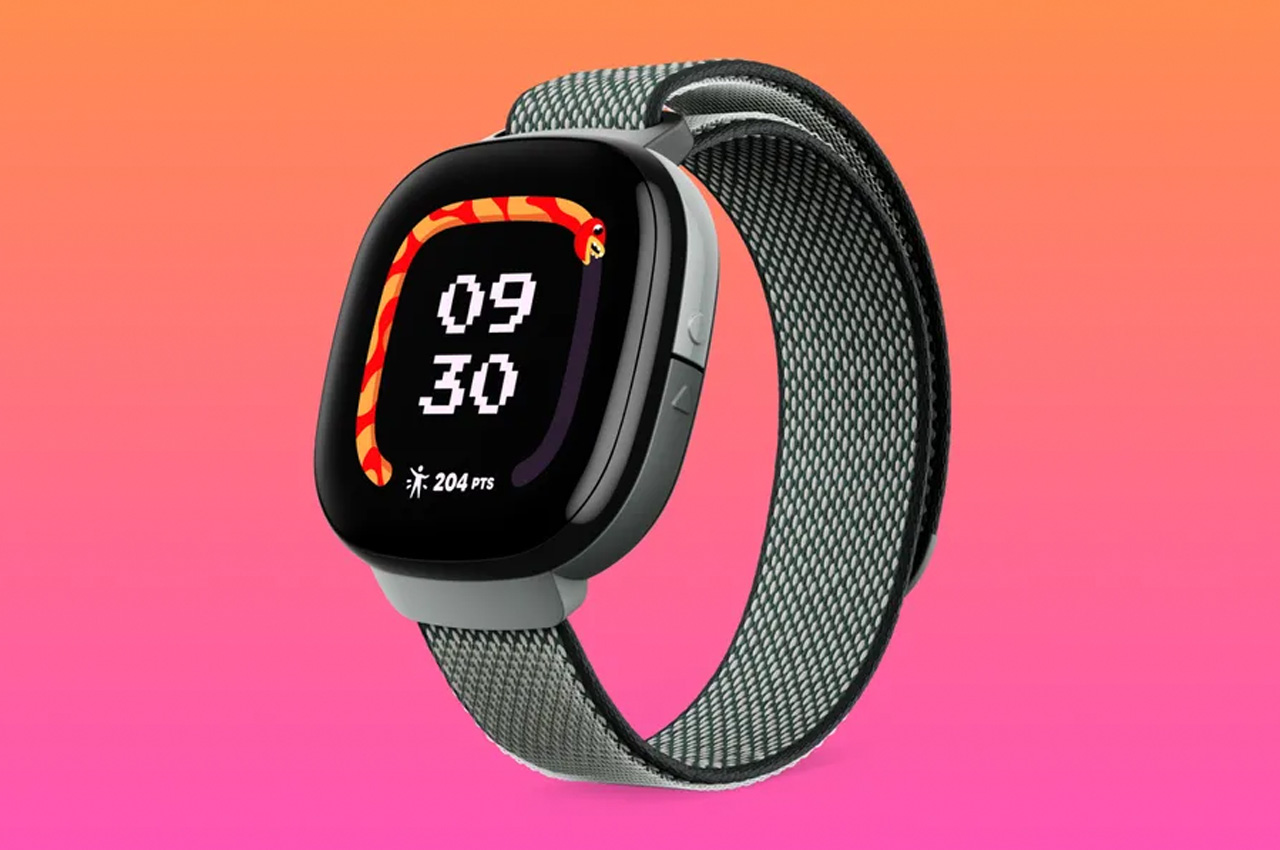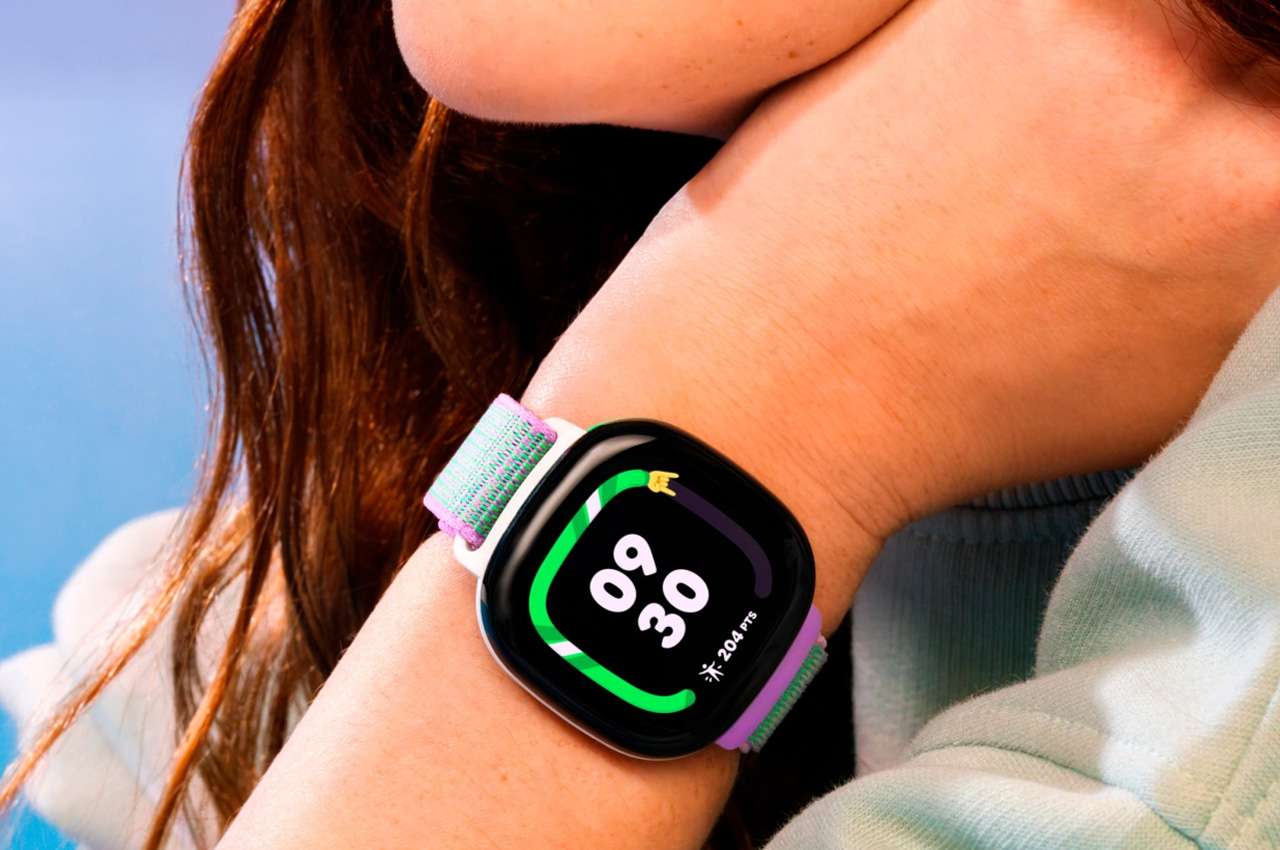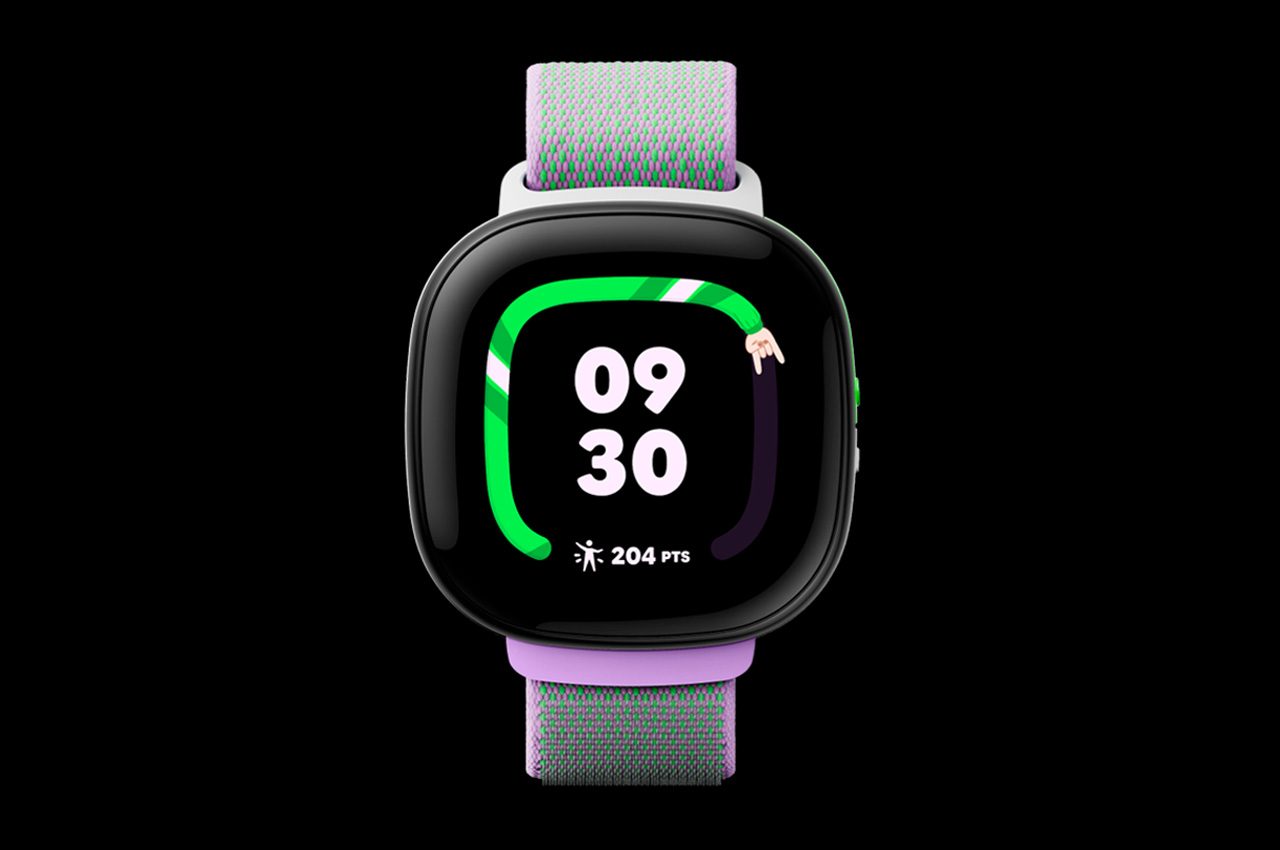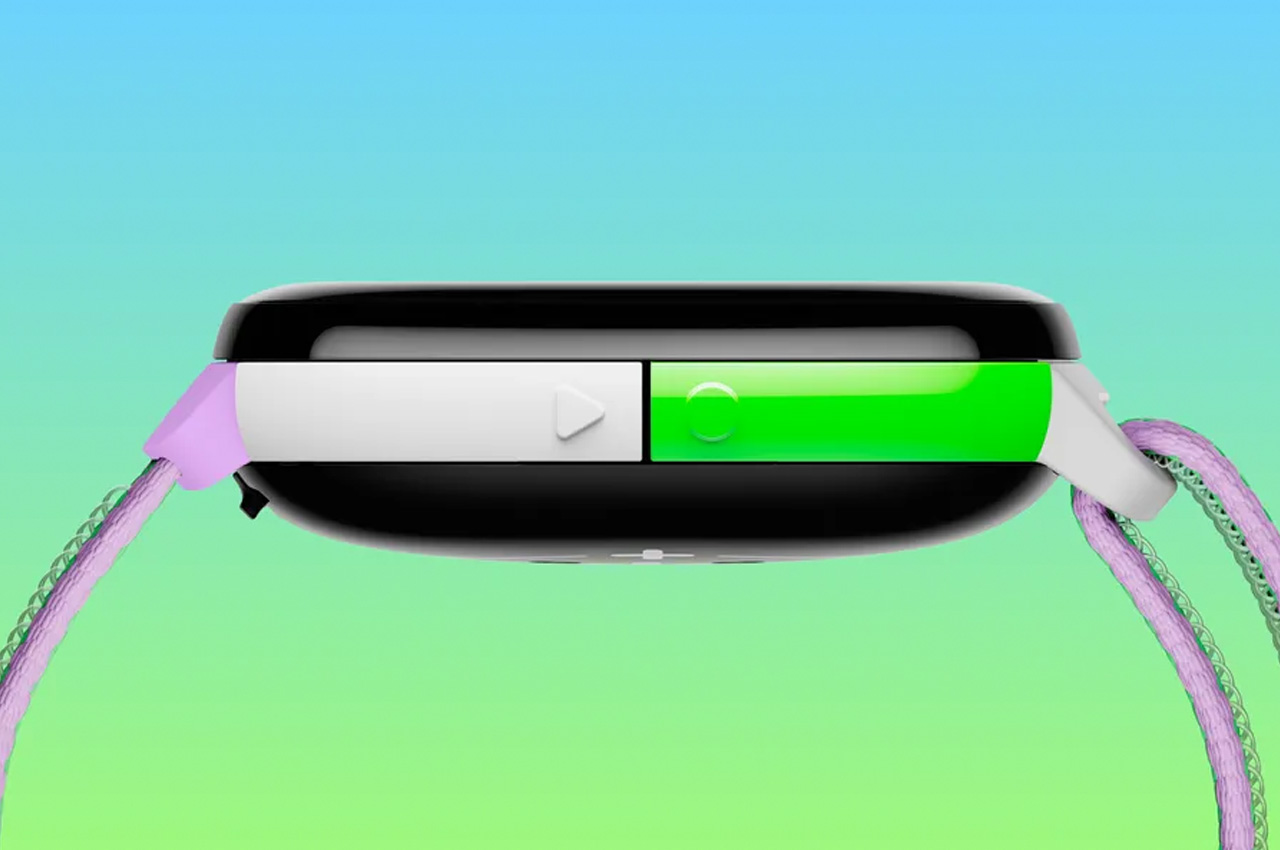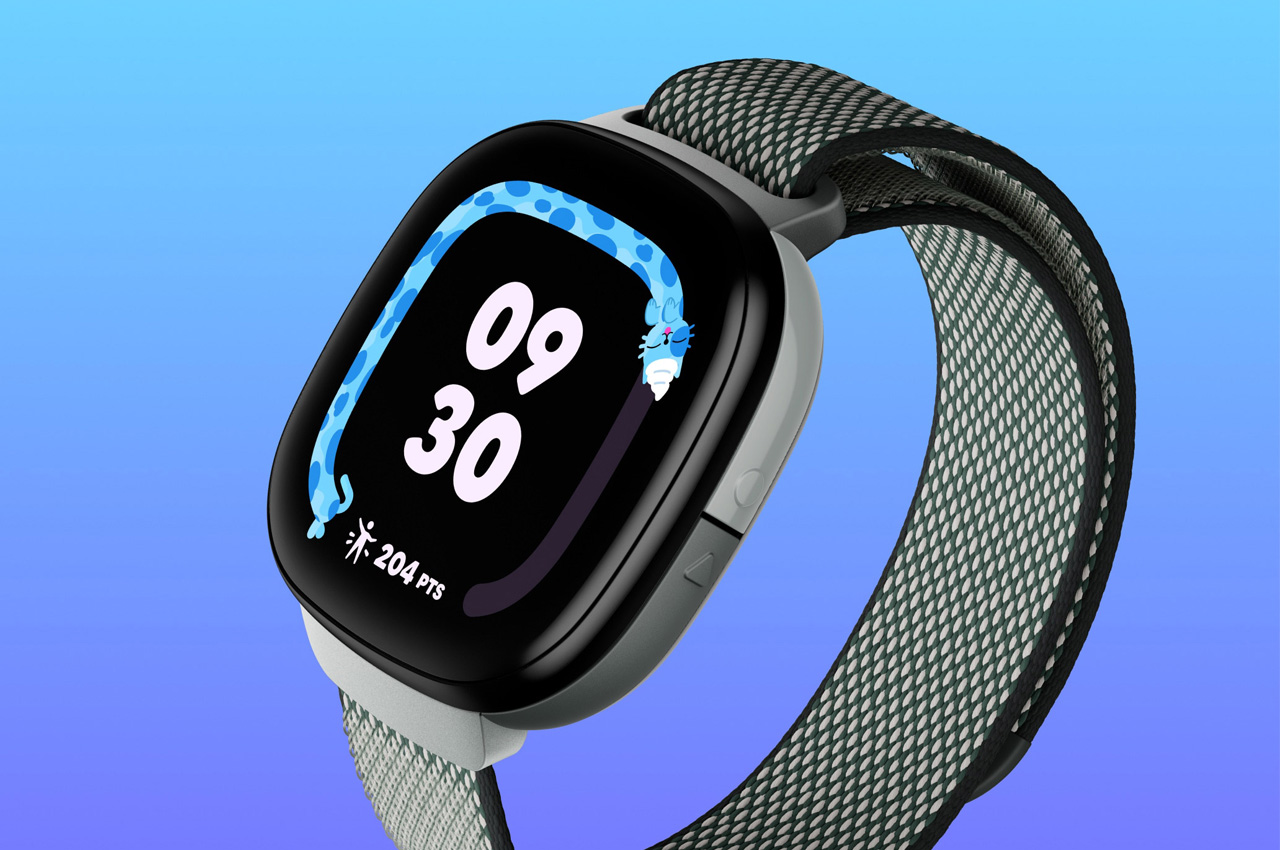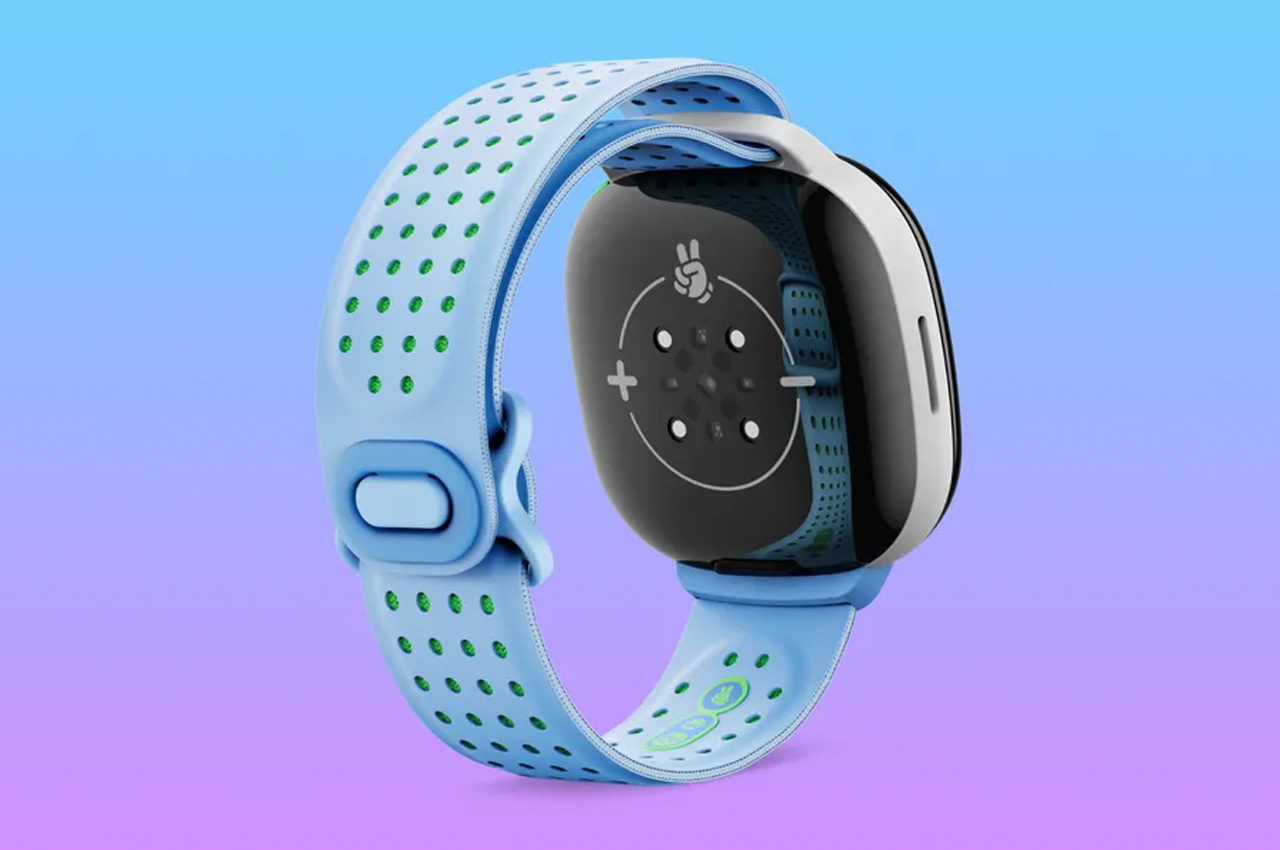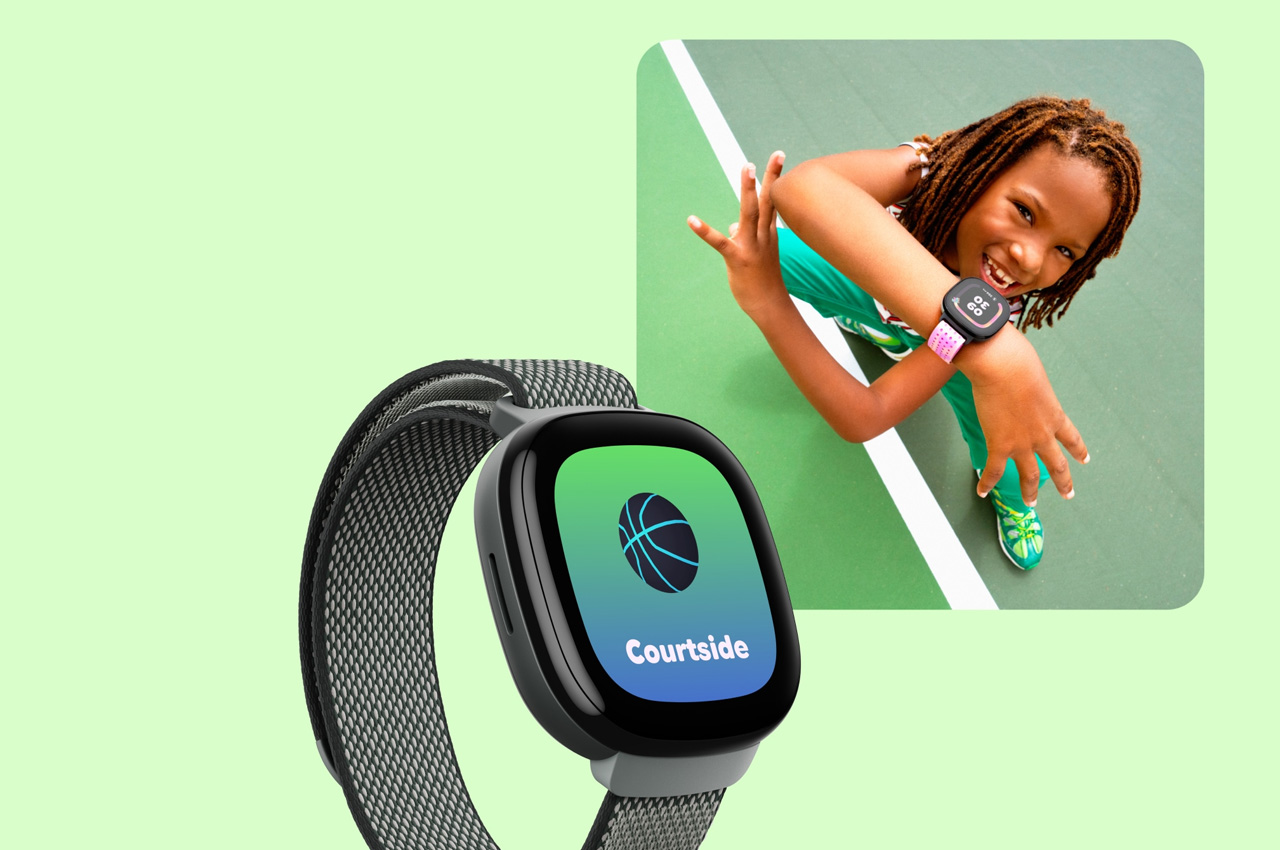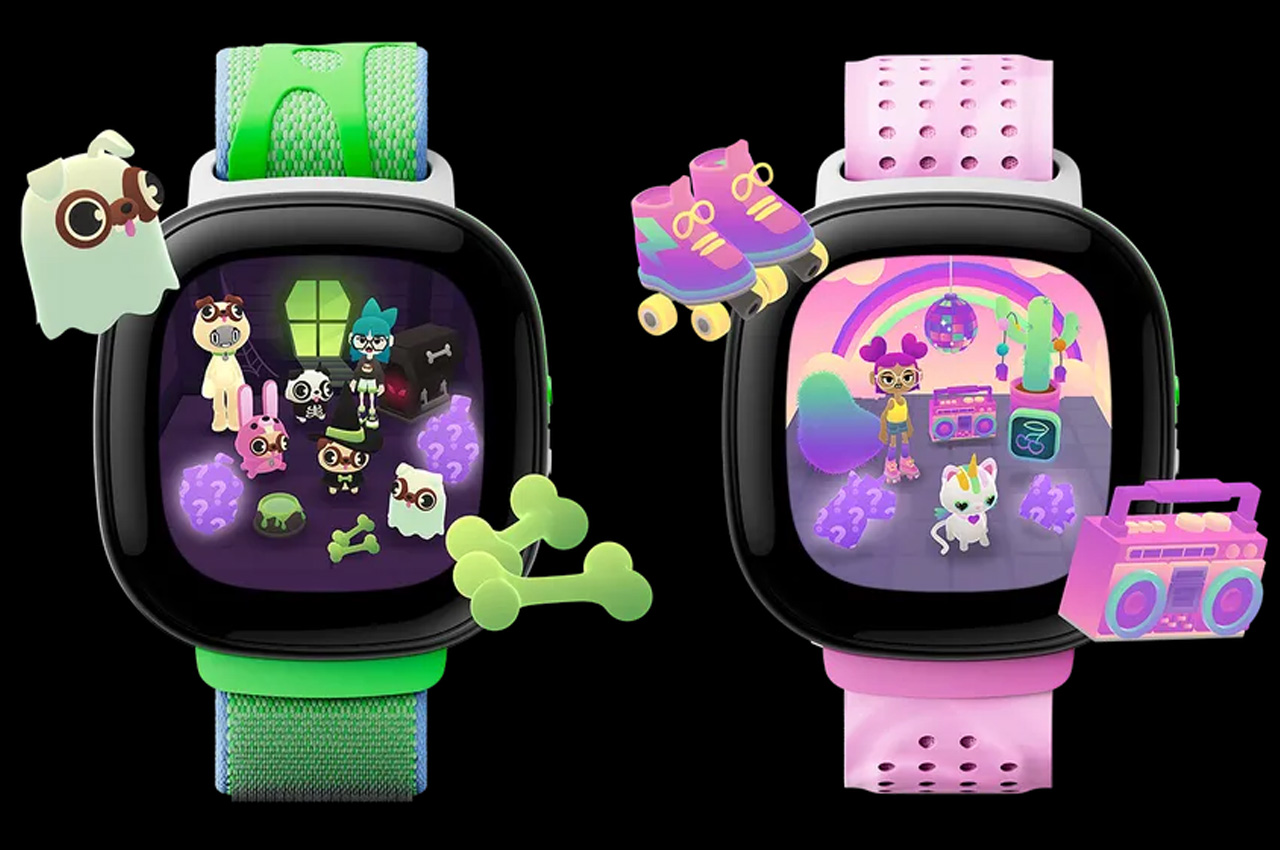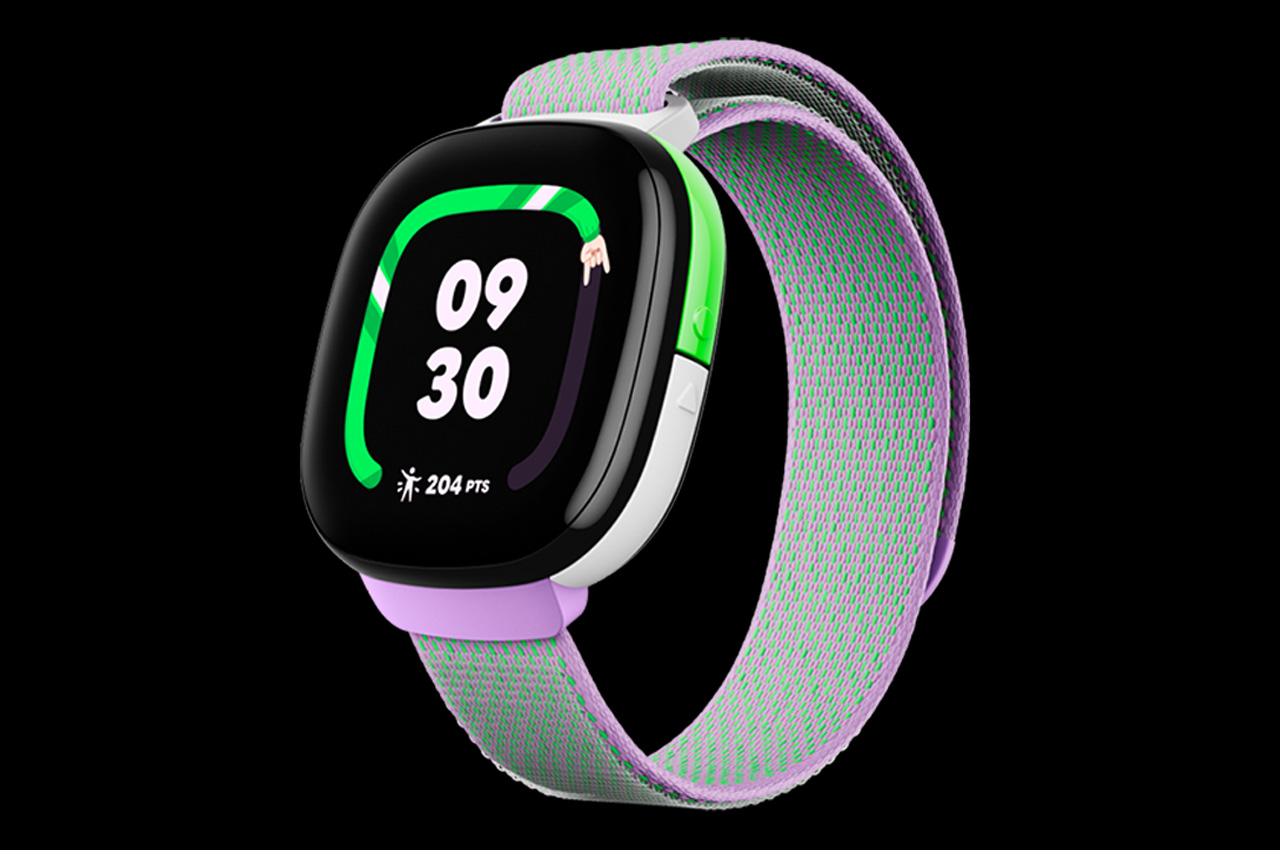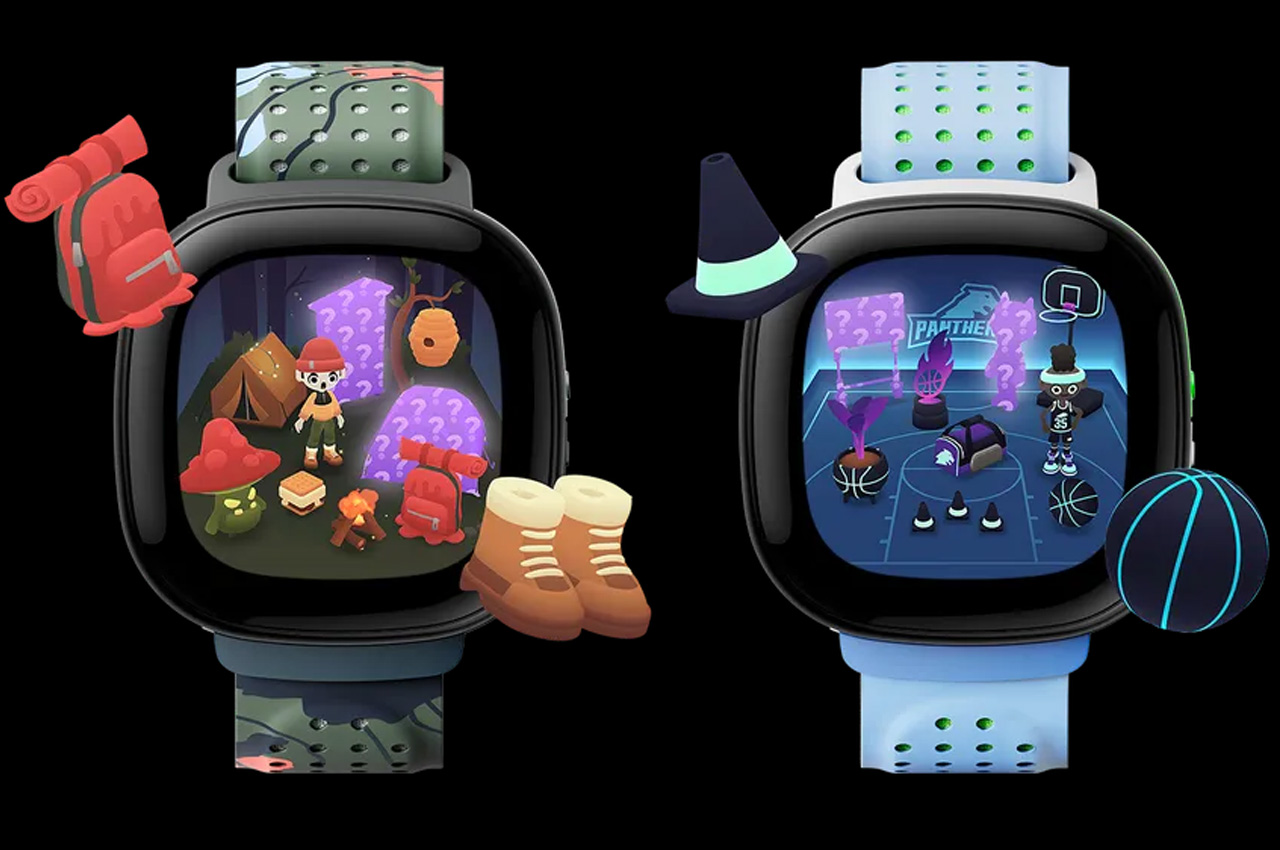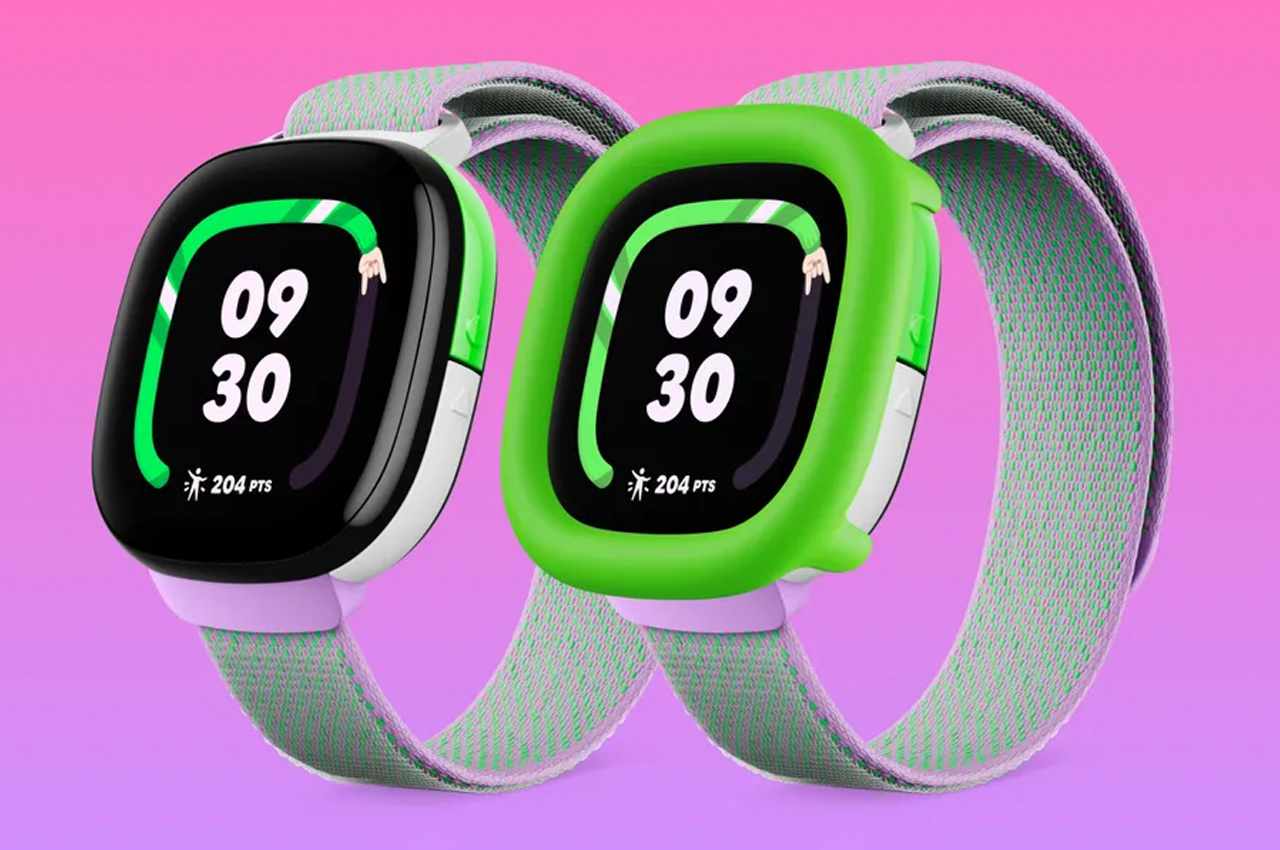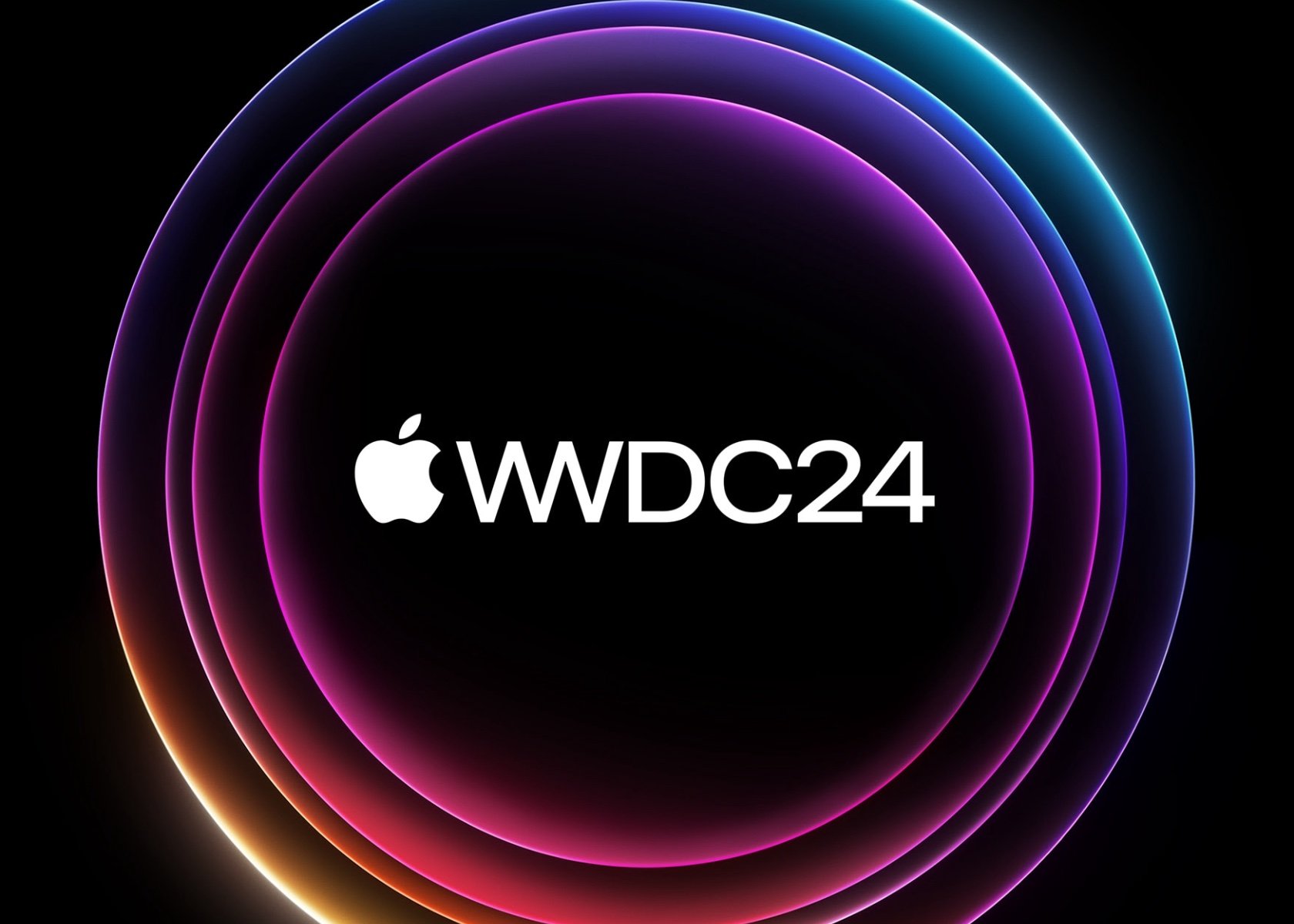
This week, Yanko Design highlights some of the most exciting developments in tech and design. From the futuristic Baxley Moto to the highly anticipated Apple WWDC 2024 and the evolving role of AI voice assistants, these topics underscore the rapid advancements shaping our world. Each product and topic discussed not only showcases cutting-edge innovation but also reflects the practical applications of these technologies in enhancing our daily lives.
Baxley Moto: A Futuristic Ride
The Baxley Moto, an innovative electric motorbike designed by Shane Baxley, stands out with its hubless wheel design, merging angular lines with sleek contours. This electric bike features a hunched-forward riding position, large treaded tires, and a suspended tail section, emphasizing its capability for high-speed thrills. Even though I don’t ride motorcycles, I still appreciate the great design and innovation this bike brings to the table. The Baxley Moto’s sleek black colorway with vibrant red and metallic gold accents enhances its visual appeal, suggesting power and sophistication.

Designer: Shane Baxley
Using lightweight carbon fiber for the frame and applying hubless wheel technology show promise for market readiness. This blend of futuristic aesthetics and functional features creates a compelling vision of electric bikes’ future. Baxley’s design balances innovation with practical elements, making it a realistic candidate for future production.
Apple WWDC 2024 Preview: Expectations and Insights
We are thrilled to attend Apple’s Worldwide Developers Conference (WWDC) 2024 in person for the first time. The keynote on June 10 at Apple Park is expected to reveal the latest advancements in iOS, iPadOS, macOS, watchOS, tvOS, and visionOS. Our team will be on-site to provide comprehensive coverage of these exciting updates.
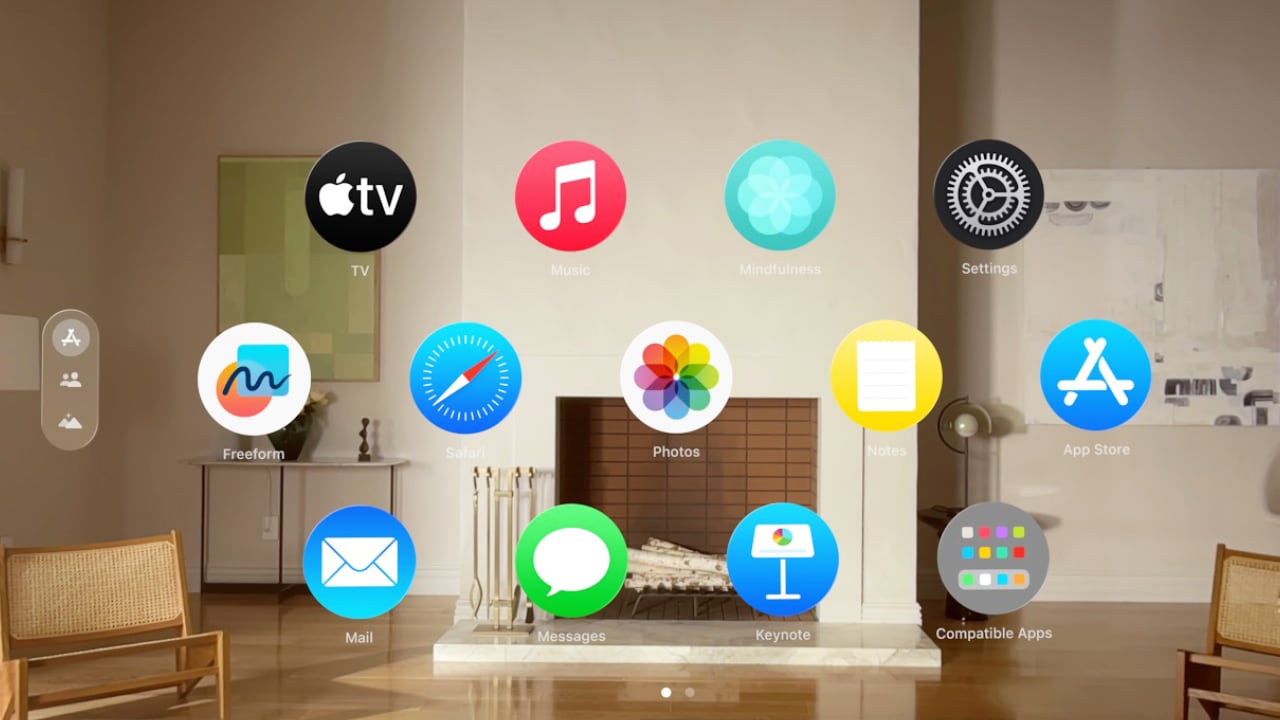
Designer: Apple
iOS 18 and iPadOS 18
Apple’s iOS 18 and iPadOS 18 are set to introduce advanced AI functionalities such as suggested email and message replies, text summaries, and improved photo touchup tools. Rich Communication Services (RCS) will enhance messaging between iOS and Android with features like end-to-end encryption and high-resolution media sharing. Additionally, custom emoji generation and customizable app icons are rumored to provide more personalization options for users.
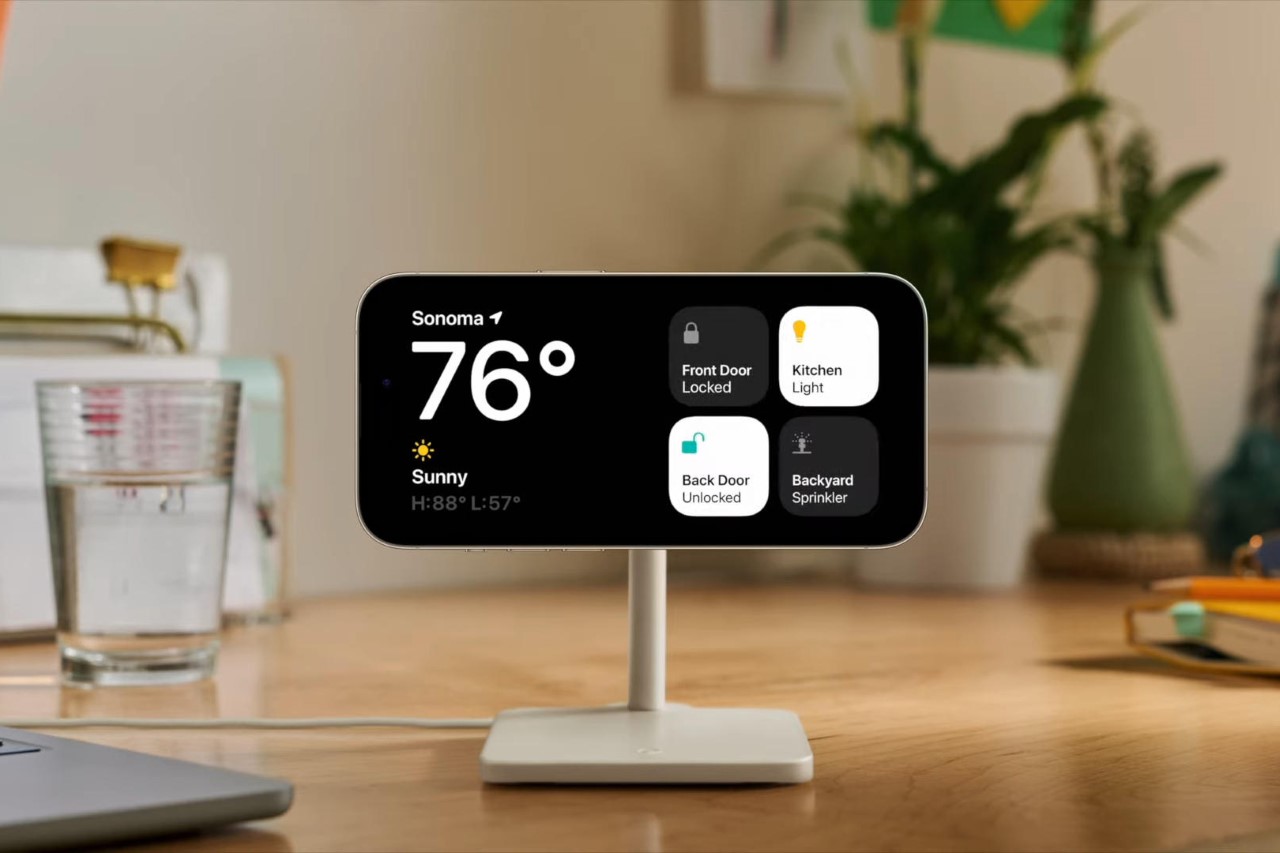
macOS 15
The next version of macOS, possibly named after a California location, is expected to incorporate many AI enhancements seen in iOS 18. Updates to core apps like Apple Music, Notes, and productivity tools will focus on integrating AI functionalities to enhance user productivity. The System Settings app is rumored to be reorganized for better usability, and Siri’s menu bar icon might get a new look. Accessibility improvements are also anticipated, including custom spoken phrase triggers in Shortcuts.
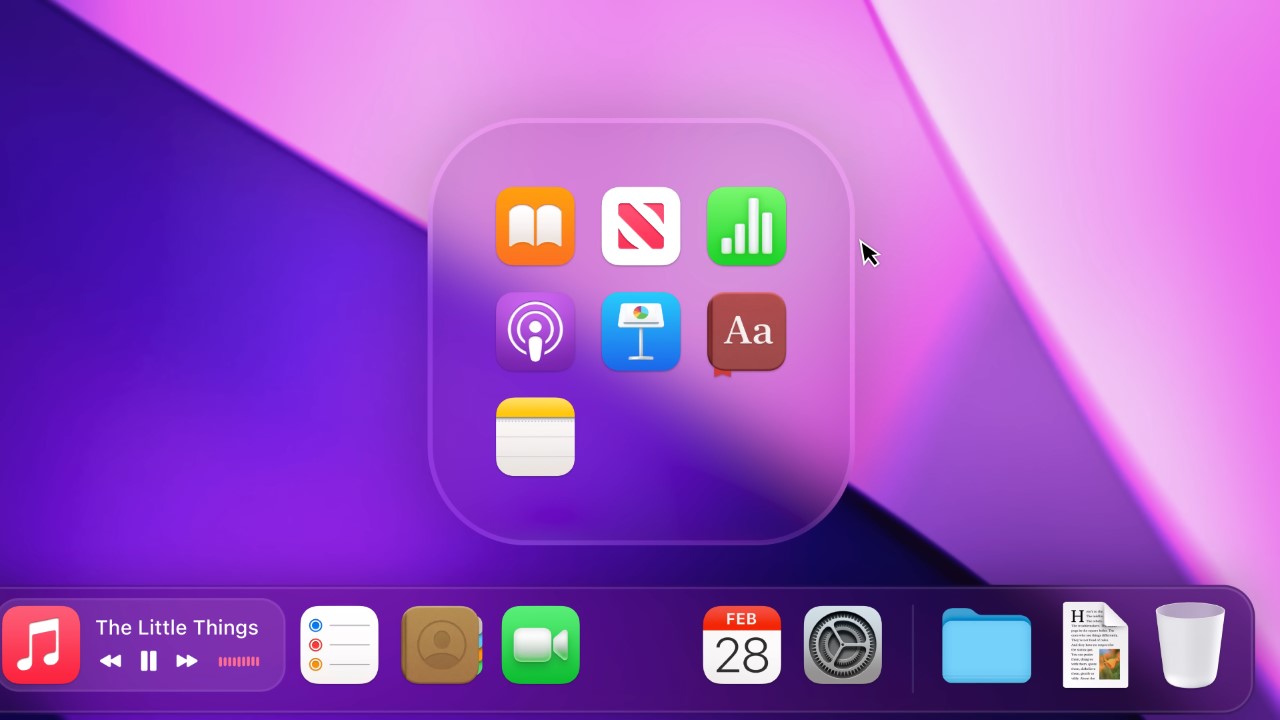
Generative AI
Generative AI will be a significant focus at WWDC 2024. Apple is expected to integrate OpenAI’s ChatGPT and potentially Google’s Gemini AI assistant into iOS 18. These integrations could bring advanced conversational capabilities and intelligent assistant features to iPhones and iPads. Siri is also slated for substantial upgrades using Apple’s large language models, enhancing voice recognition and response accuracy and focusing on practical, everyday applications. Apple aims to enhance user privacy and security by handling AI processing on devices when possible.
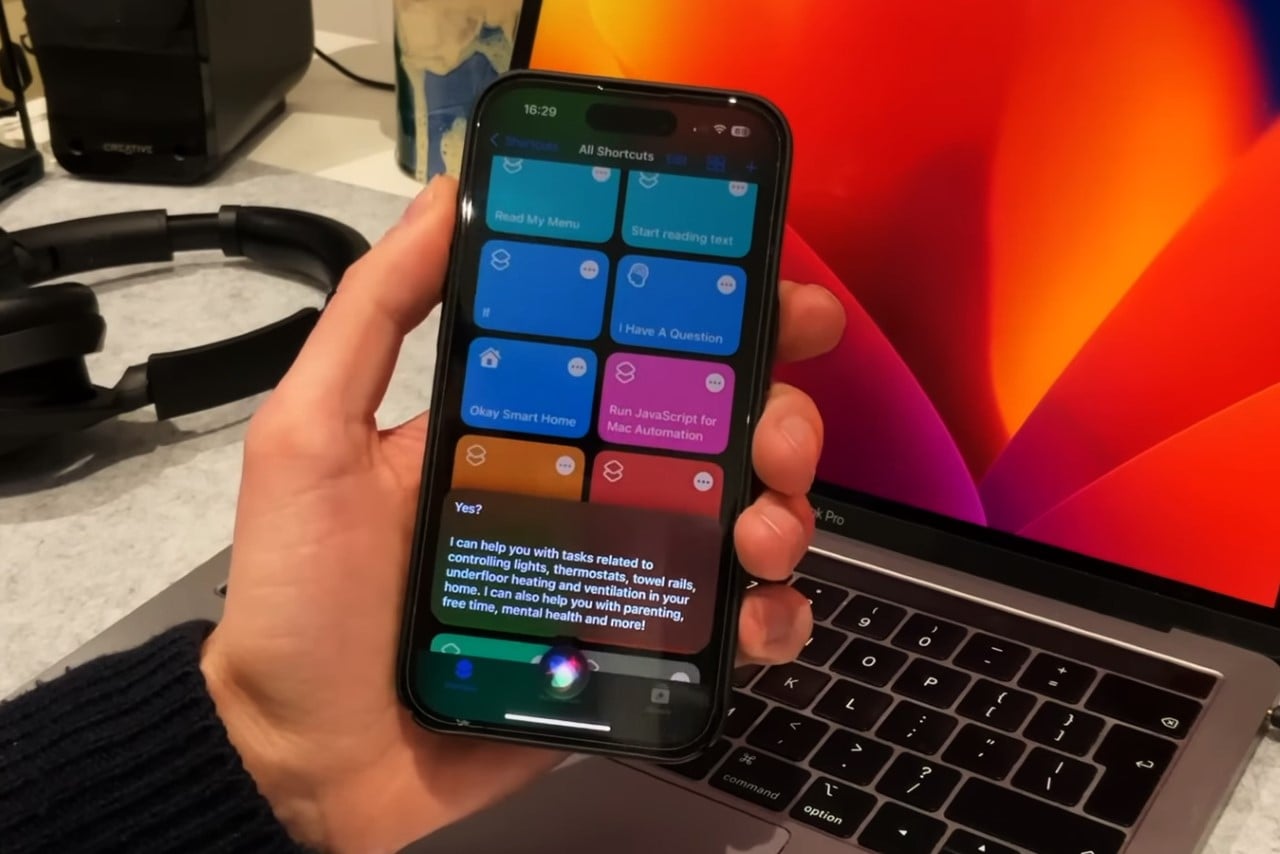
Next-Generation CarPlay
CarPlay is set for significant updates with iOS 18. New accessibility features like Voice Control and Color Filters will enhance usability. Sound Recognition will notify users of driving-related sounds, benefiting those who are deaf or hard of hearing. Next-generation CarPlay is expected to integrate more deeply into vehicle systems, including instrument clusters and climate controls, providing a seamless and comprehensive user experience.
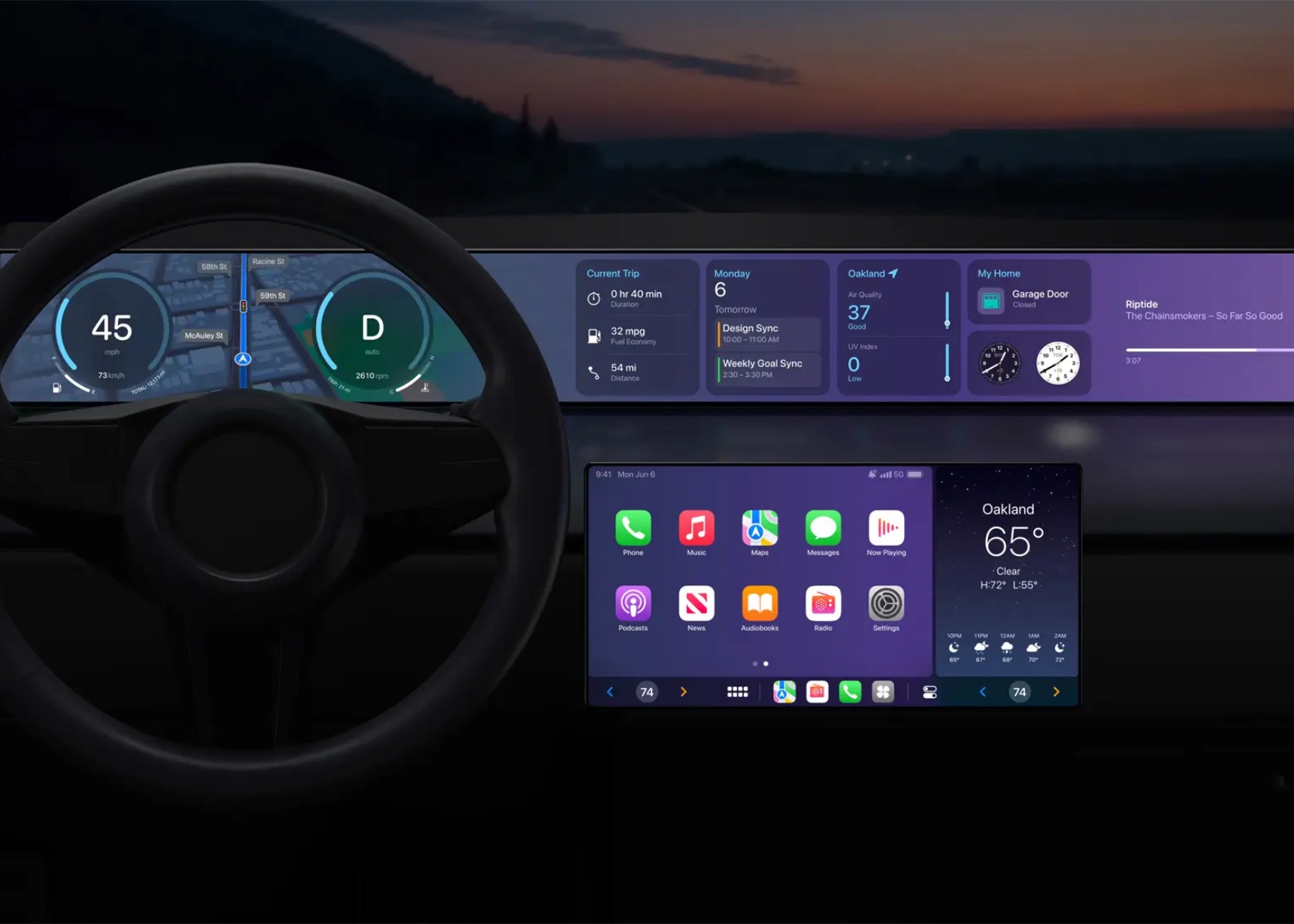
AI Voice Assistants: Gender Dominance and Implications
This week, we explored the dominance of female voices in AI systems. Voice assistants like Siri, Alexa, and Google Voice feature female voices to create a friendly user experience. Studies show that users generally find female voices more soothing and pleasant, enhancing the effectiveness of these assistants in support roles.

The trend towards female voices in AI voice assistants raises important questions about gender perceptions and biases. Ensuring diverse training data and mitigating biases in AI systems is crucial for creating fair and balanced AI assistants. As AI becomes more integrated into daily life, addressing these issues is vital to avoid reinforcing negative biases and ensuring equitable technology representation.
This integration’s relevance extends to AI tools revolutionizing the design process, as seen in BMW’s Designworks studio. AI tools like MidJourney and Runway streamline workflows, making it easier for designers to visualize and iterate on ideas rapidly. This synergy between AI and human creativity ensures the final product is technologically advanced and artistically inspired.
Fitbit Ace LTE: A New Era in Kids’ Wearables
The Fitbit Ace LTE is a new wearable designed for kids aged seven and up, combining playtime with video games to get kids active. It introduces immersive, interactive 3D games to the child’s wrist, aligning gametime with physical activity. Privacy and parental control are core features, with real-time location tracking, call and text capabilities, and voice messaging through the Fitbit Ace Pass and app.

Designer: Fitbit
For those already invested in the Apple ecosystem, the Apple Watch offers similar tracking features and more, potentially making the Fitbit Ace LTE redundant. However, this product is particularly valuable for non-Apple users, providing a unique tool for balancing screen time with physical activity. Its innovative design and functionality make it a worthwhile investment for enhancing kids’ active lifestyles.
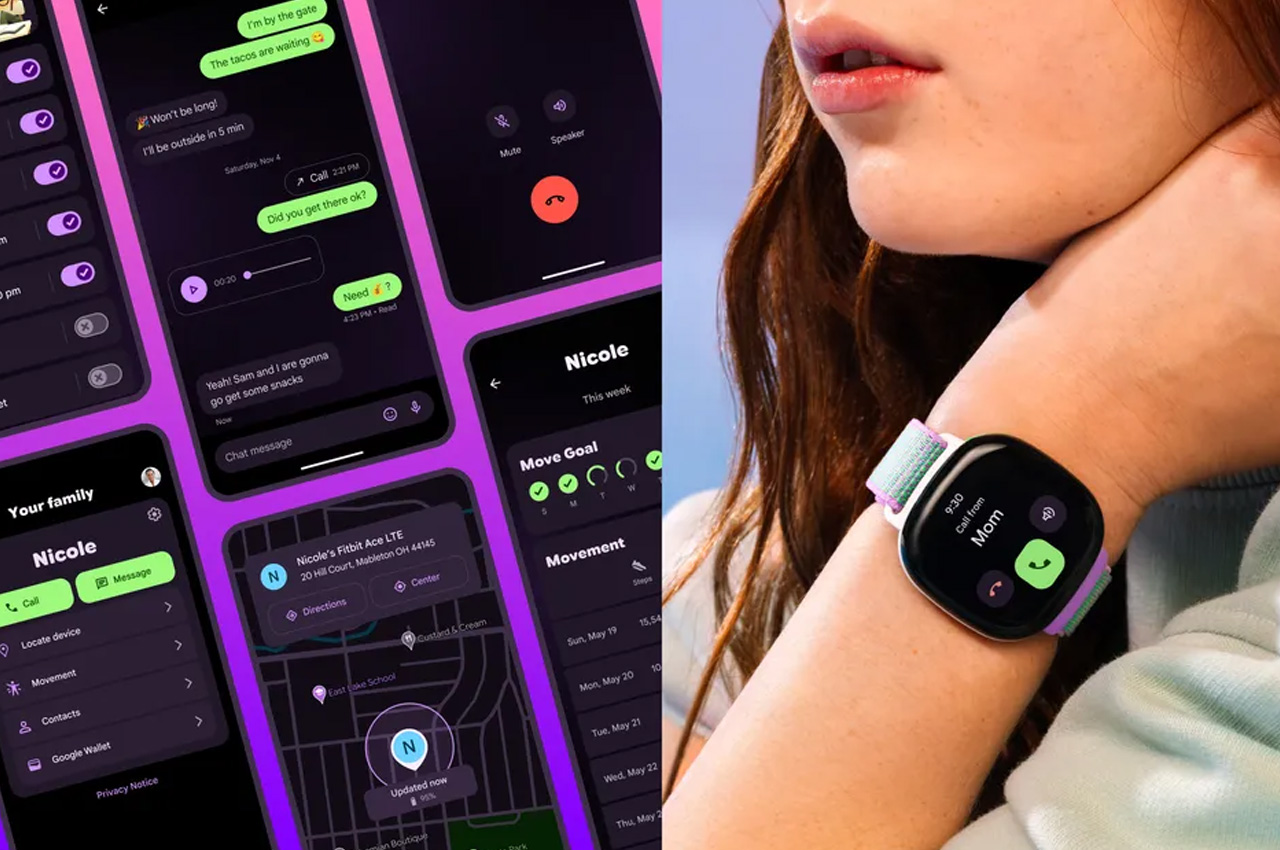
Essential Workspace Accessories for Enhanced Productivity
To enhance your daily workflow, here are three essential workspace accessories that can significantly boost productivity and comfort:
Magic Bar
The Magic Bar is a portable Touch Bar that can be teamed up with any Apple peripheral. It is a sleek, seamless toolbar that aligns horizontally with your keyboard, enhancing your productivity with ease.
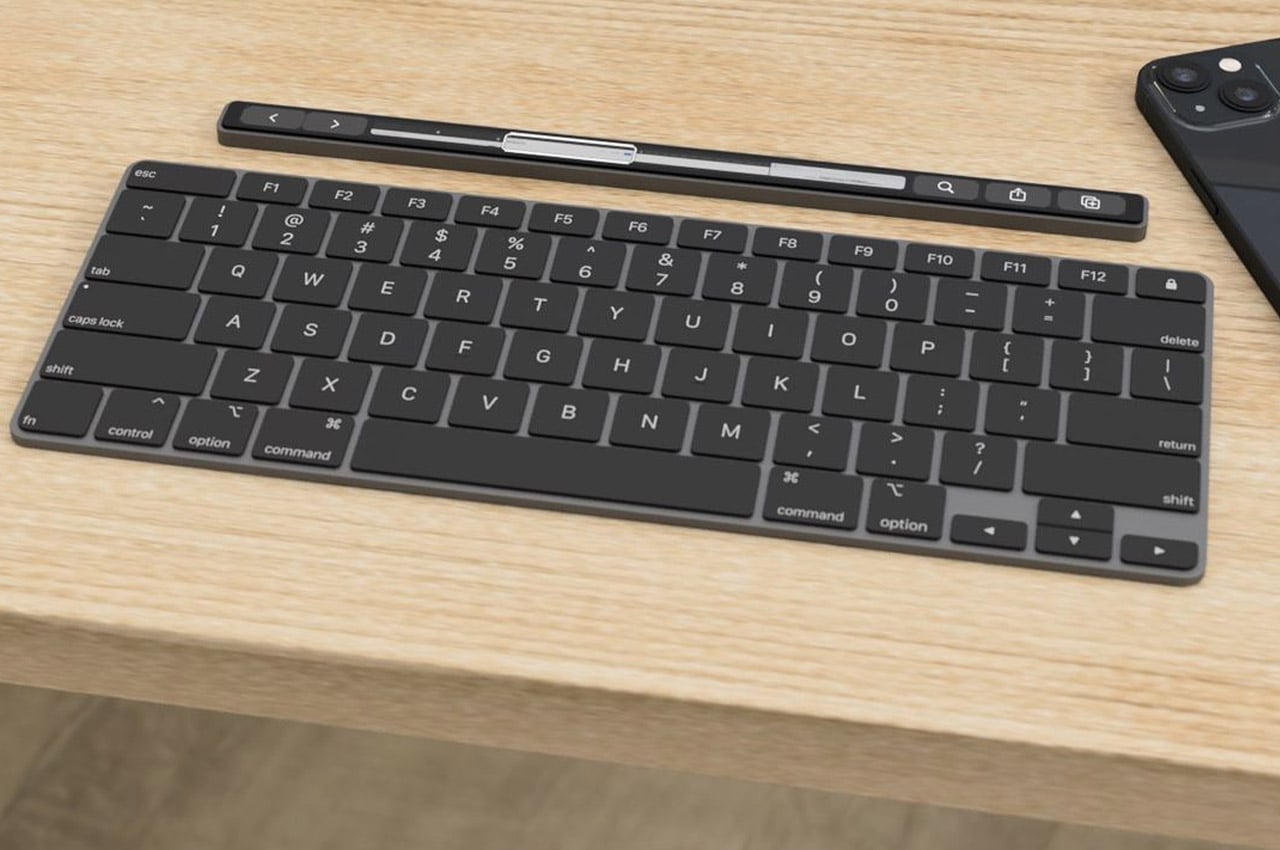
Triple 4K Docking Station
This docking station transforms your MacBook setup into a multi-display powerhouse. It can extend your display to three extra screens and offers a 4K HDMI port at 60Hz and additional HDMI slots and DisplayPort outputs.
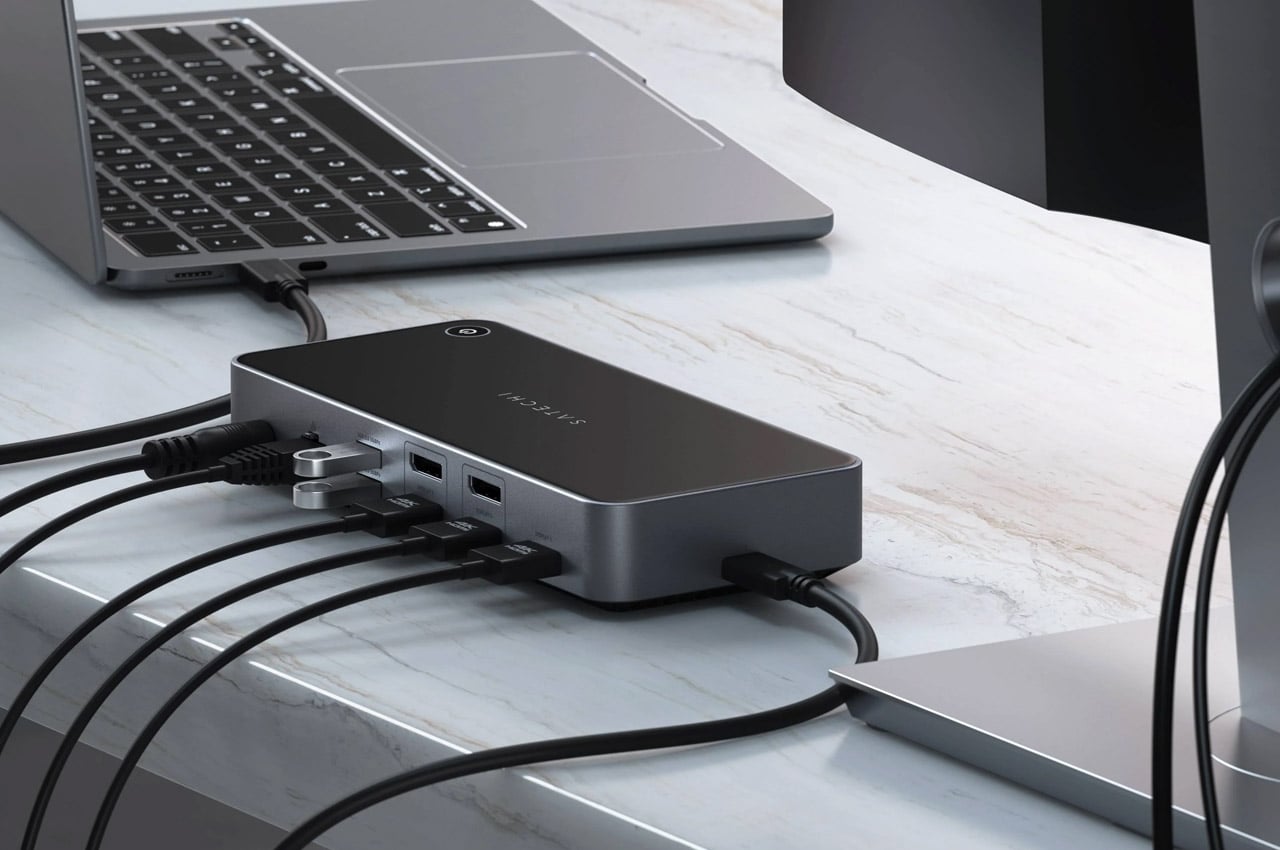
FLIKK Laptop Stand & Sleeve
The FLIKK Laptop Stand & Sleeve provides ergonomic support and convenient portability. It offers the desired viewing angle to create a comfortable working environment and transforms into a laptop sleeve for easy carrying.
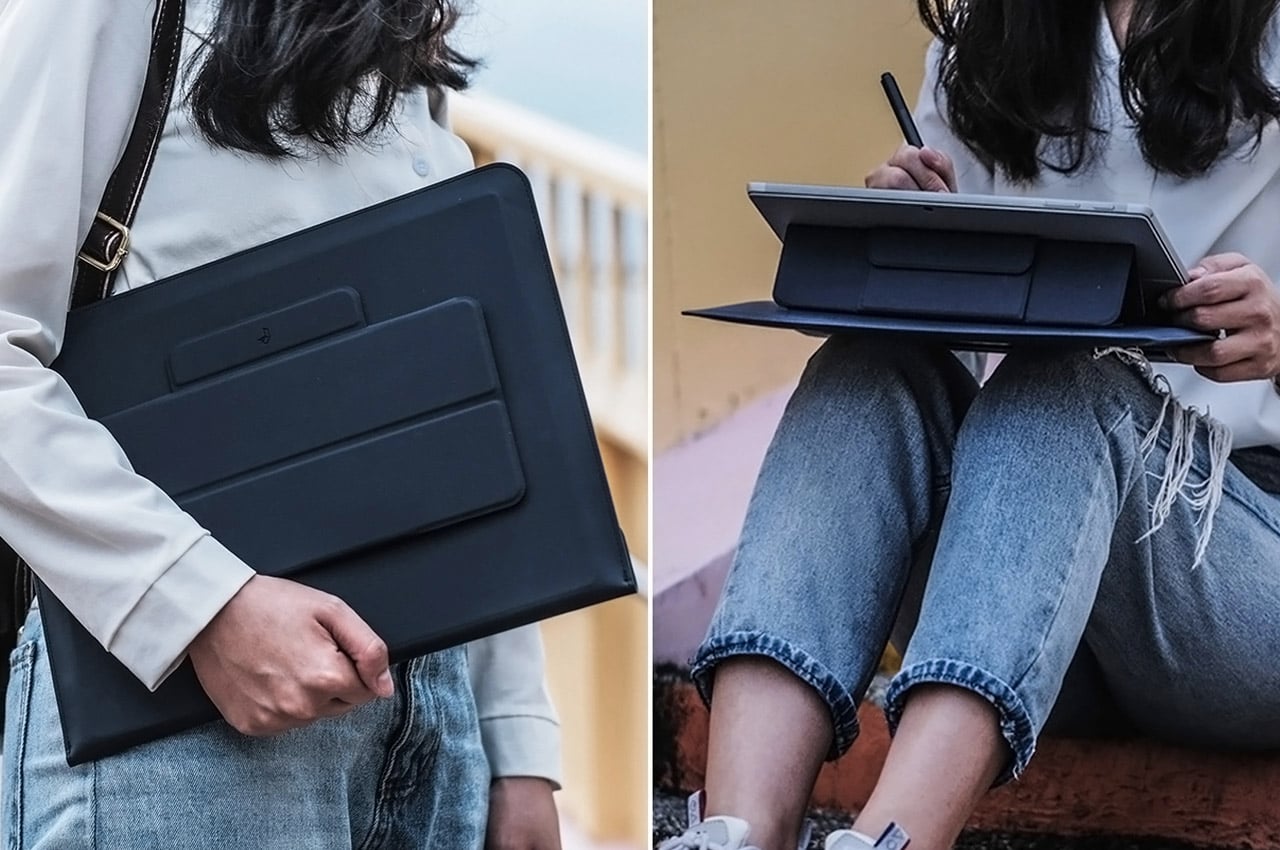
By focusing on these innovative products and topics, Yanko Design continues to showcase the latest trends and tools that promise to make our lives more efficient, creative, and connected. These selections highlight the forefront of technological advancement, emphasizing the importance of integrating design and functionality to meet the demands of modern living.
The post Highlights from Yanko Design: Baxley Moto, Apple WWDC 2024 Insights, and AI Voice Assistant Developments first appeared on Yanko Design.
